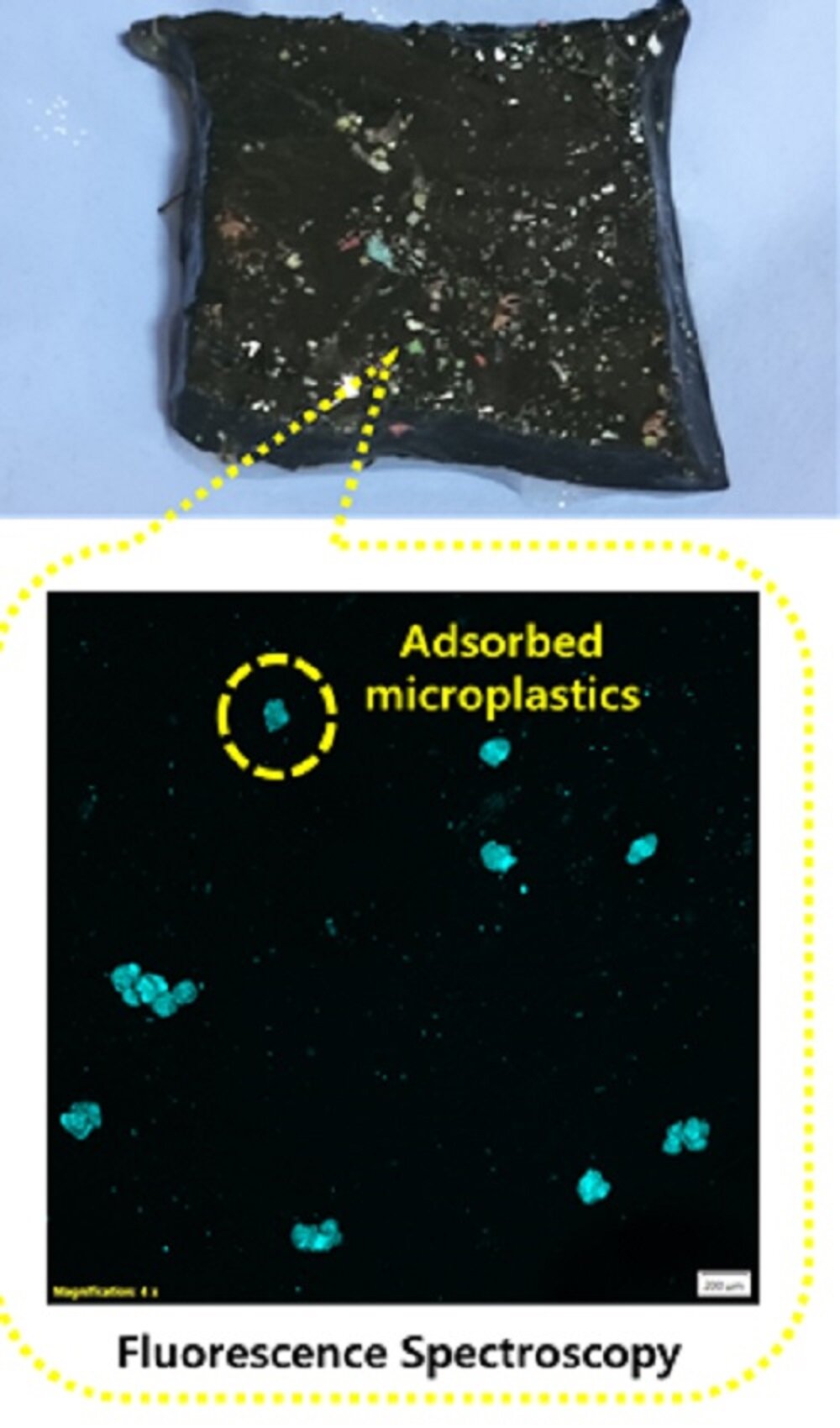ForumIAS announcing GS Foundation Program for UPSC CSE 2025-26 from 19 April. Click Here for more information.
Source-This post on Novel hydrogel removes microplastics from water is based on the article “IISc researchers design novel hydrogel to remove microplastics from water” published in “The Hindu” on 12th April 2024.
Why in the News?
Researchers at the Indian Institute of Science (IISc) have developed a sustainable hydrogel specifically designed to tackle the menace of microplastics in water.
About hydrogel

1) The hydrogel utilizes a complex interpenetrating polymer network (IPN) architecture composed of chitosan, polyvinyl alcohol, and polyaniline.
2) This structure is infused with nanoclusters of copper substitute polyoxometalate (Cu-POM), which act as catalysts under UV light irradiation to degrade microplastics.
3) The synergistic effect of the polymers intertwined with the catalytic nanoclusters enhances the hydrogel’s stability across various temperatures and also enables it to adsorb and degrade large quantities of microplastics efficiently.
4) This hydrogel efficiently removes about 95% and 93% of two different types of microplastics in water, highlighting its potential as a significant solution in water purification technologies.
5) The hydrogel could last for up to five cycles of microplastic removal without significant loss of efficacy.
6) This hydrogel can also be converted into carbon nanomaterials that are capable of extracting heavy metals, such as hexavalent chromium, from contaminated water.
About Microplastic

1. Microplastics are small plastic particles in the environment that are generally smaller than 1 mm to the 1 micrometer range. Microplastics can be formed by fragmentation of large plastic waste material.
2. Danger of Microplastics to humanity and overall biodiversity:
a) Microplastics pass the filtration and treatment processes for wastewater resulting in significant global impacts on wildlife from marine environment pollution.
b) Microplastics kill biodiversity and other organisms’ fish before they reach reproductive age. It lead to stunted growth and behaviour change in some organisms.
c) Large amounts of plastic are not recycled and end up in landfills, posing a threat to human health.
d) The durable properties of plastics make them persistent and slow to degrade in the environment entering the food chains. It holds the potential for both bioaccumulation and biomagnification.
UPSC Syllabus: Science and technology, Environment




